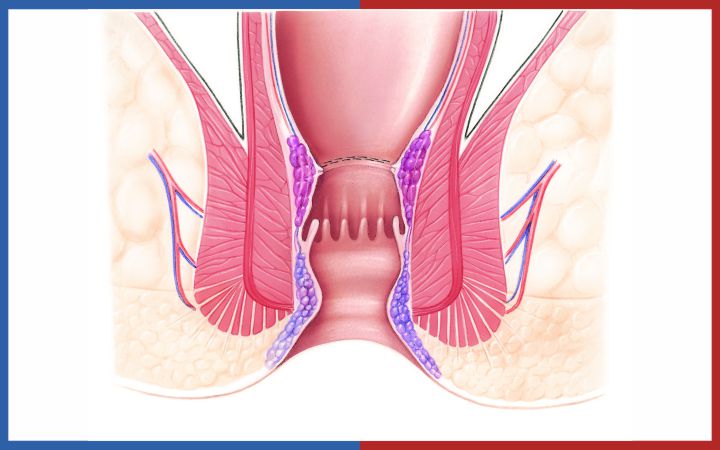
Stapled hemorrhoidectomy is surgical technique for treating hemorrhoids, and is the treatment of choice for third-degree hemorrhoids (hemorrhoids that protrude with straining and can be seen on physical exam outside the anal verge. Persistent or intermittent manual reduction is necessary). Stapled hemorrhoidectomy is a misnomer since the surgery does not remove the hemorrhoids but, rather, the abnormally lax and expanded hemorrhoidal supporting tissue that has allowed the hemorrhoids to prolapse downward.
For stapled hemorrhoidectomy, a circular, hollow tube is inserted into the anal canal. Through this tube, a suture (a long thread) is placed, actually woven, circumferentially within the anal canal above the internal hemorrhoids.
What happens to the staples from a stapled hemorrhoidectomy?
During stapled hemorrhoidectomy, the arterial blood vessels that travel within the expanded hemorrhoidal tissue and feed the hemorrhoidal vessels are cut, thereby reducing the blood flow to the hemorrhoidal vessels and reducing the size of the hemorrhoids. During the healing of the cut tissues around the staples, scar tissue forms, and this scar tissue anchors the hemorrhoidal cushions in their normal position higher in the anal canal. The staples are needed only until the tissue heals. After several weeks, they then fall off and pass in the stool unnoticed. Stapled hemorrhoidectomy is designed primarily to treat internal hemorrhoids, but if external hemorrhoids are present, they may be reduced as well.
